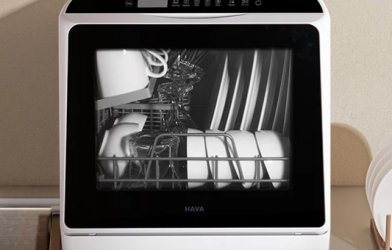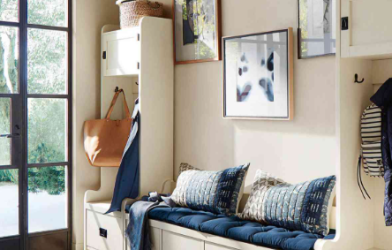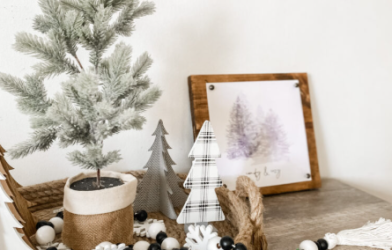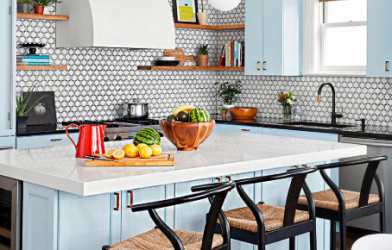Subtotal $0.00
Whether you’re redesigning an entire home or simply looking to refresh one room, understanding how to create and highlight focal points is a game-changer for making your space feel cohesive and inviting. A well-thought-out focal point can dramatically transform any room, and today, I’m sharing expert tips to help you elevate your interiors, no matter your style.
What Is a Focal Point in Interior Design?
In the world of interior design, a focal point is the visual element that immediately draws your eye as you enter a room. It’s the feature that sets the tone for the space, guiding the arrangement of furniture and accessories. A focal point could be anything from an eye-catching piece of artwork, a striking fireplace, or a statement piece of furniture.
In a well-designed room, the focal point anchors the space and helps the eye naturally flow through the area. Without one, a room can feel chaotic and lack direction. With the right focal point, even the simplest room can look magazine-worthy.
Key Elements of a Strong Focal Point
Creating a standout focal point isn’t as simple as placing the biggest item in the room. Here’s how to get it right:
- Visual Weight: A great focal point needs to stand out from its surroundings. Large, bold pieces like oversized art or a striking light fixture tend to grab attention naturally.
- Contrast: Contrast is crucial. Whether it’s through color (a bright sofa in a neutral room), texture (rough stone against smooth fabrics), or shape (a round mirror over a modern fireplace), the focal point should be distinctly different from the rest of the room.
- Placement: Position your focal point where it’s visible from the room’s entryway. In the living room, this might be the wall opposite the entrance. In the bedroom, it’s often the wall behind the bed.
- Complementary Elements: Surround your focal point with elements that support and enhance it, rather than compete with it. Choose furniture, decor, and colors that help the focal point shine without overshadowing it.
- Lighting: Proper lighting can elevate any focal point. Use ambient, accent, or even dramatic lighting to highlight the focal point and guide the eye.
- Scale and Proportion: Ensure your focal point is the right size for the room. It should be large enough to stand out but not overwhelm the space. Balance is key for harmony.
Focal Point Ideas for Living Rooms
The living room is often the heart of the home, so creating an effective focal point here can set the tone for the entire space. For example, a fireplace with a beautiful mantle is a classic focal point. Surround it with striking accessories, like a unique mirror or artwork, to add height and draw the eye.
In another design, a statement chandelier becomes the main attraction in a high-ceilinged living room. The contrast between the modern light fixture and the traditional fireplace creates balance, making the room feel both sophisticated and welcoming.
Even in smaller spaces, a simple focal point like a patterned rug can anchor the seating area and unify the room’s design.
Focal Points for Entryways
The entryway is the first impression guests get of your home, so making it inviting and stylish is important. Consider a bold piece of furniture, like a green console table, to serve as the focal point. This adds a pop of color against more neutral tones, and pairing it with a mirror or lamp enhances the overall aesthetic.
Dining Rooms and Breakfast Nooks
In dining areas, architectural elements like large arched windows can serve as stunning focal points. By positioning furniture in a way that highlights these features, you can seamlessly incorporate the outdoors into your dining space. In a cozy breakfast nook, a bold Roman shade can be the focal point, complemented by matching textures and colors from the furniture.
Bedrooms and Bedding
In bedrooms, the bed itself often becomes the central focal point. To elevate it, add drama with a striking headboard, bold artwork above, or layered textures in the bedding. A luxurious chandelier or oversized curtains can also enhance the room’s focal point, creating a soothing yet glamorous atmosphere.
Kitchens
In the kitchen, a standout backsplash can make all the difference. Whether it’s a bold, blue and white tiled design or an elegant marble countertop, these features not only provide visual interest but also serve as an artistic statement in the cooking space.
Bathrooms
Focal points in bathrooms are often overlooked but can really elevate the room’s aesthetic. A large piece of art or a dramatic feature wall—like a vibrant green tiled accent wall—can transform the space. Adding a modern touch, like a framed floral print, can also create a stylish focal point without overwhelming the room.
Final Focal Point Tips
To create a truly impactful focal point in any room, follow these simple rules:
- Choose something that speaks to your personal style.
- Ensure the proportions of your focal point suit the space.
- Illuminate it properly to highlight its beauty.
- Surround it with complementary elements to support it.
- Keep it fresh by changing it up seasonally or as your tastes evolve.
Focal points are not only functional—they’re an opportunity to inject personality into your space. Whether you prefer the dramatic effect of a statement chandelier, the warmth of a fireplace, or the charm of an accent wall, a focal point is a simple yet powerful tool for designing beautiful, harmonious rooms. So, get creative and make your home your own personal canvas!












